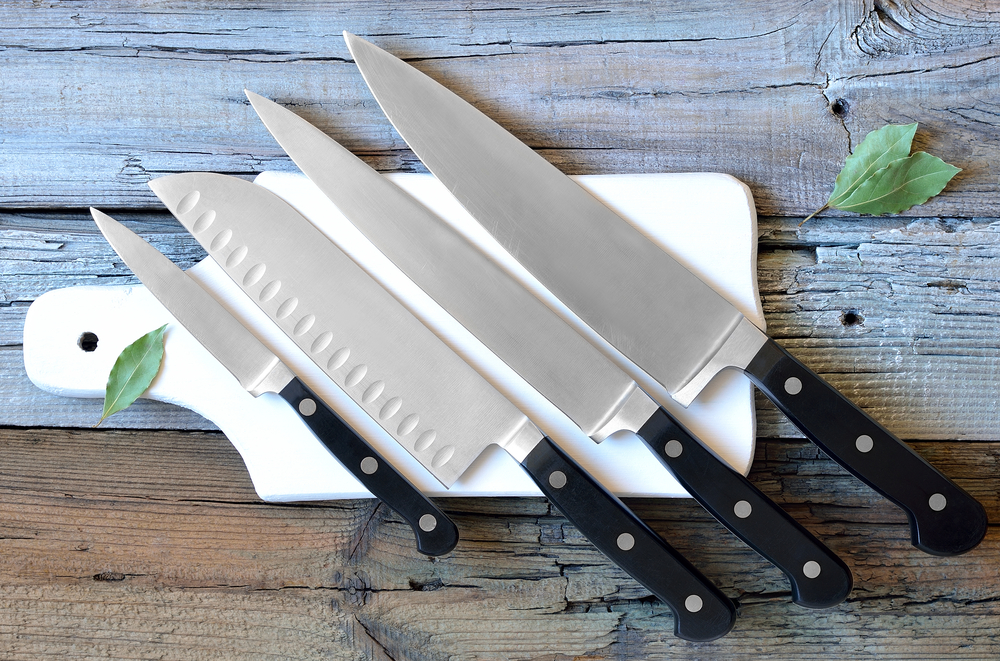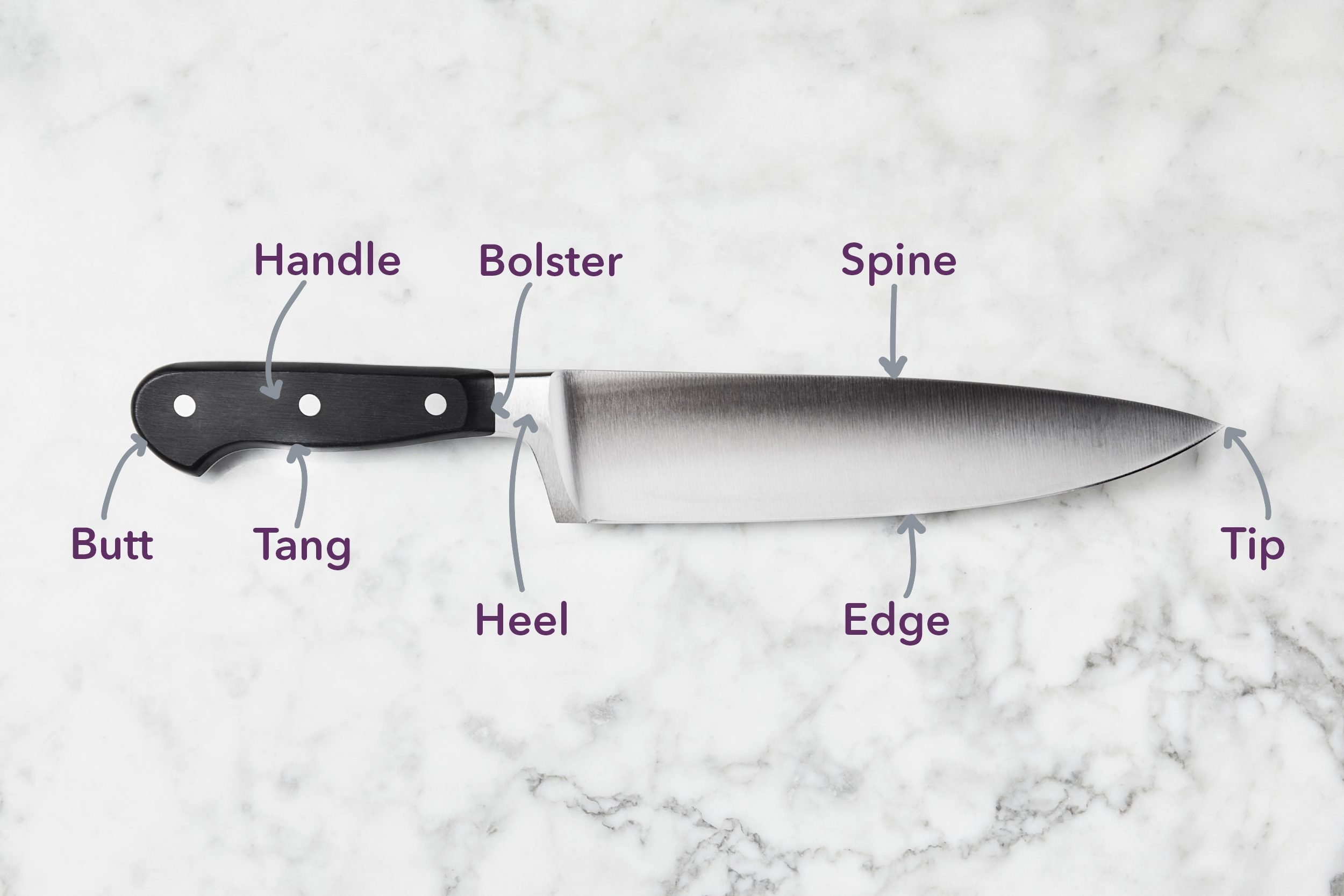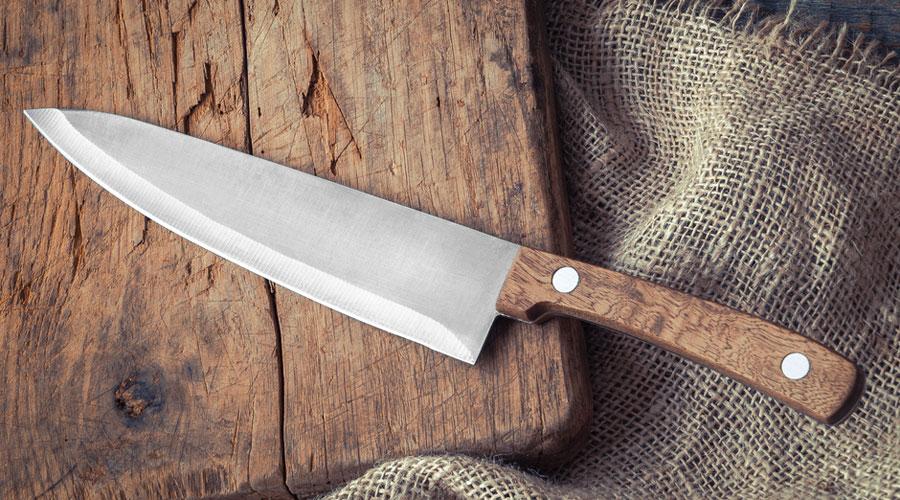Can a knife lose its edge?
Yes, a knife will eventually lose its edge over time with regular use. The constant contact with cutting surfaces and various materials causes the blade to wear down, leading to a dull edge. To maintain its sharpness, regular honing and sharpening are necessary. Proper care and maintenance can help prolong the edge retention of a knife and ensure its continued cutting effectiveness.
Introduction
The sharpness of a knife is crucial for precision and safety in the kitchen. Dull knives tend to slip more often and could lead to accidents, whereas a sharp knife allows for clean and smooth cuts. However, a common question that arises among chefs and home cooks alike is, “ Can a knife lose its edge? “.
Understanding Knife Edge Retention
Knife edge retention refers to the ability of a knife to maintain its sharpness over prolonged use. Various factors influence the edge retention of a knife, including the blade material, the hardness of the steel, the type of edge or bevel, and the overall design and construction of the knife. A well-constructed knife with a high-quality material will typically hold its edge better than a low-quality knife.
Factors that Affect Edge Retention
Numerous factors can impact the edge retention of a knife, including:
• Sharpening: The sharpening process directly impacts edge retention. Hard carbide steels are often more challenging to sharpen, and knives with lower HRC values might require more frequent sharpening.
• Usage & Care: The manner of use and care also plays a significant role in the longevity of a knife’s sharpness. Proper knife maintenance, such as cleaning by hand, thoroughly drying it after usage, and using an appropriate cutting surface, can prolong the life of the edge.
Stay tuned as we further delve into each factor in the upcoming sections.

Types of Knife Edges
Understanding different types of knife edges is essential when choosing the right kitchen knife. Primarily, we differentiate between the straight edge and the serrated edge, as well as the hollow ground edge and flat ground edge.
Straight Edge vs Serrated Edge
Straight Edge: These knives, like a traditional chef’s knife, provide a clean cut, ideal for fruits, vegetables, and meats. However, they might require more frequent sharpening given the direct contact of the edge with the cutting board.
Serrated Edge: Known for its wavy blade pattern, it makes cutting through crusty bread or juicy tomatoes easier. The primary disadvantage is the difficulty in sharpening at home due to the unique edge shape.
Hollow Ground Edge vs Flat Ground Edge
Hollow Ground Edge: The sides of these knives curve inward, leading to a thin, extremely sharp edge. However, they may be prone to chipping under heavy use.
Flat Ground Edge: Here, the blade tapers from the spine to the edge in a straight line, creating a stable, durable edge perfect for heavy-duty tasks.
These are broad categories, with each type having sub-varieties and specific uses. Choosing the right knife edge depends on your needs and the kind of food you frequently prepare.
Factors that Contribute to Edge Dullness
A prime question that often circles a knife owner’s mind is – can a knife lose its edge? The answer is yes, and various factors contribute to the dullness of a knife’s edge. Some of the most common ones are:
Frequency of Use
Frequency of use: Quite naturally, the more often you use your knife, the quicker it will lose its sharpness. Frequent use causes the blade to wear down gradually, resulting in a loss of its original sharpness.
Type of Cutting Surface
Type of cutting surface: Not all cutting surfaces are created equal. Using your knives on hard surfaces like glass, ceramics, marble, or steel can quickly degrade the edge and dull the blade. Hence, it is advised to use wooden, plastic, or rubber cutting boards.
Type of Food Being Cut
Type of food being cut: Cutting hard or highly abrasive material can also contribute to the dullness of your knife’s edge due to the wear and tear of the blade. For instance, slicing through bones or coconuts can damage even extremely hard steels. Hence, understanding and respecting the limitations of your knife’s hardness and toughness are imperative.
In conclusion, treating your knives well and using suitable sharpening techniques will ensure their edges last longer.

Signs of a Dull Knife
A sharp knife is not just a tool, it’s a chef’s best friend. However, even the sharpest knives can lose their edge over time due to various factors such as the type of material being cut, how the knife is stored, and even its chemical composition. In order to maintain the efficiency of your knives, it’s important to be cognizant of the signs that your knife may be dulling.
Decreased Cutting Performance
Decreased Cutting Performance: The first sign of a dull knife is decreased cutting performance. If your knife is no longer slicing through items easily and instead is tearing or ripping through the material, it’s a good indication that your knife may need sharpening.
Increased Effort Required to Cut
Increased Effort Required to Cut: Another sign of a dull knife is if you’re finding that it’s harder to cut or chop items. If you have to apply more force than usual to chop something, chances are your knife’s blade has lost its razor-sharp edge.
Uneven Slices or Tears in Food
Uneven Slices or Tears in Food: If your knife is causing irregular or jagged cuts or it’s tearing food instead of slicing through it, then it’s likely your knife is dull. Your slices should be smooth and even, not ragged. Remember, always pay attention to these signs and correct them ASAP to ensure longevity of your knife.
Maintaining your knives properly not only increases their lifespan but also makes your culinary endeavors easier and more enjoyable. Always remember, a dull knife is more dangerous than a sharp one!

